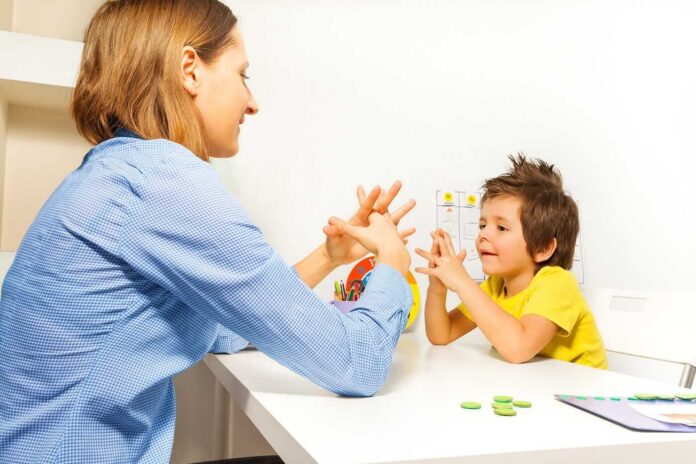Comprehending the sensory requirements of students with autism is not just critical; educators need to craft an environment where every student can thrive. Sensory processing difficulties are widespread among individuals with autism, shaping their interactions with the world around them in unique ways. By acknowledging and getting into these sensory intricacies, educators gain insights into the diverse needs of their students, which is crucial for designing effective teaching strategies. Armed with this understanding, they can adapt their approaches within autism courses to provide targeted support that fosters growth and success for students with ASD throughout their educational journey.
Identifying Sensory Triggers
One key aspect of tailoring teaching strategies for students with ASD is identifying sensory triggers that may cause distress or discomfort. These triggers can vary widely from one individual to another and may include loud noises, bright lights, certain textures, or strong smells. By observing and understanding students’ reactions to different stimuli, educators can better anticipate and address their perceptual needs within autism courses online.
Furthermore, it’s essential to recognise that sensory triggers may not always be immediately apparent, requiring careful observation and communication with students. Additionally, creating a supportive learning environment that accommodates individual sensory sensitivities can significantly enhance the online learning experience for students with ASD, fostering their engagement and academic success.
Creating a Sensory-Friendly Environment
Creating a sensory-friendly environment is essential for supporting students with ASD. This involves minimising the overload by controlling environmental stimuli such as lighting, noise levels, and classroom layout. Simple adjustments like natural lighting, providing quiet spaces for students to retreat to, and using visual supports to organise and structure the classroom can make an essential difference in reducing perceptual challenges.
Incorporating Sensory Breaks
Incorporating sensory breaks into the daily routine can help students regulate their input and maintain optimal arousal levels. These breaks can involve activities that provide deep pressure, proprioceptive input, or vestibular stimulation, such as swinging, jumping, or squeezing stress balls. These breaks can help students recenter themselves and refocus on learning tasks.
Utilising Visual Supports
Visual supports are valuable tools for students with autism to understand and navigate their environment. Visual schedules, picture cues, and timers can help students anticipate transitions, understand expectations, and follow routines more effectively within the framework of autism training courses. By incorporating visual support into teaching strategies, educators can enhance comprehension and reduce anxiety for students with ASD.
Encouraging Sensory Exploration
Encouraging sensory exploration is not just beneficial; it’s transformative for students. By actively promoting engagement, educators facilitate a deeper understanding of individual preferences and tolerances. Hands-on experiences like exploring the bins, engaging in tactile activities, or participating in sensory-friendly art projects empower students to develop self-awareness and self-regulation skills. Furthermore, integrating perceptual play into academic lessons adds a layer of relevance and engagement, making learning experiences more enriching and enjoyable for students.
Collaborating with Occupational Therapists
Collaborating with occupational therapists can benefit educators seeking to address the needs of students with autism. Occupational therapists specialise in integration and can provide valuable insights, assessments, and recommendations for creating a sensory-friendly learning environment. Educators and occupational therapists can effectively develop tailored strategies to support students’ sensuous needs by working together.
Understanding and addressing the sensual needs of students with autism is essential for creating a supportive and inclusive learning environment. By acknowledging and accommodating sensory differences, educators can enhance the learning experience and promote success for students with ASD in the classroom. This approach is fundamental in autism courses, ensuring students receive the necessary support and resources to thrive academically and socially. Implementing tailored strategies based on understanding the needs fosters a positive educational journey for students, empowering them to reach their full potential.



